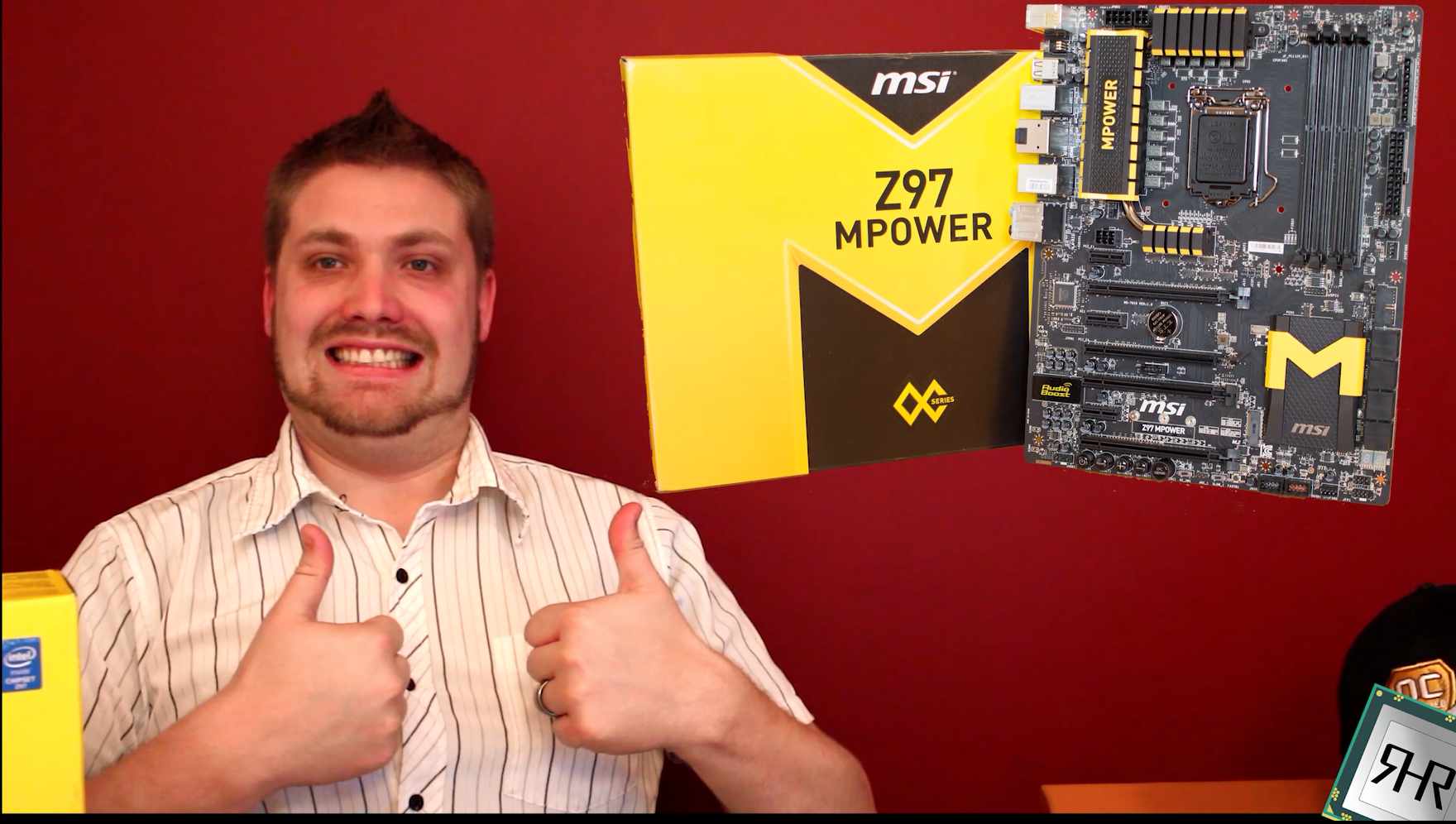It certainly will not be controversial, in the least. to say that 2020 has been a truly odd year. It has been one long, strange trip… but not in a good way. Some days it is almost like we have all been sucked into Bizarro World while we slept… and we fully expect people to start talking backwards any moment now. However, from a storage perspective it has been one heck of an exciting year. First PCIe 4.0 based NVMe drives landed and brought new meaning to the phrase ‘like a bat out of hell fast’. That alone is enough to put 2020 in the record books for excitement. 2020 though is not over and now we have something that is sure to shake up the industry and get mainstream buyers truly excited. We are of course referring to Silicon Power and their latest creation: the UD70 series. Today we will taking a look at what is easily the best, and largest, this series has to offer – the 2 Terabyte capacity version.
![]()
What makes this drive so exciting is not the hardware it uses. It is a Phison PS5012-E12S (aka ‘the E12 variant they made for 96-layer QLC NAND’) based drive. A controller that, in one form or another, has been used in a veritable ton of NVMe M.2 drives. The UD70 is not exciting because it is a single sided M.2 2280 2TB drive… as we actually have seen that before. It is not the excellent 5-year warranty that ‘lacks’ a Total Bytes Written limitation – as that too is not unique… unusual but not unique. It is not even the NAND that allows it to be a single sided M.2 drive that is exciting. There are others like the silently upgraded Crucial P1 2TB and Intel 665p that use this exact IMFT 96-layer QLC NAND.
No. What makes this drive so exciting is the asking price. With a Manufacturer’s Suggested Retail Price of only $189.99 we are finally seeing a large capacity NVMe drive break the ten cents per Gigabyte barrier. Better still, it is a barrier breaking model that is not DRAM-less; rather it comes equipped with a 512MB of onboard DRAM. So while it is QLC NAND, our least favorite kind, that is an exciting combination. A first that points to 2021 being a much… happier year. Needless to say, the burning question everyone will ask when hearing about this drive and its low asking price is simple: is it inexpensive or is it a cheap drive? Put another way can the Silicon Power UD70 actually impress, or is Silicon Power solely relying upon the low, low price to woo consumers? Let’s find out!










